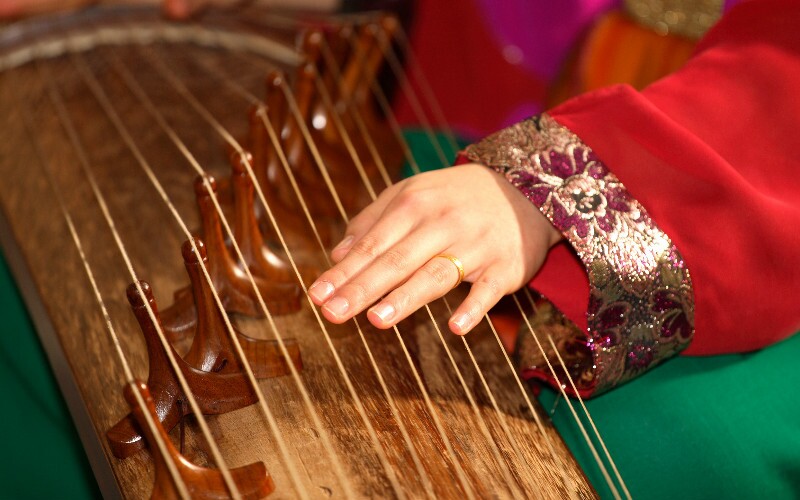

Malagoli (1900), Ed Hoepli, Milanoīell AJ, Firth IM (1989) The directivity of the concert harp. Z Phys 72:218–225īagatella A (1782) Regole per la costruzione de violini viole violoncelli e violone.

Z Phys 62(3–4):143–166īackhaus H (1931) Uber die Schwingungsformen von Geigenkorpen II”. London, Macmillan Publishers Ltdīackhaus H (1930) Über die Schwingungsformen von Geigenkörpern I. In Stanley S (ed) The new grove dictionary of music and musicians. This process is experimental and the keywords may be updated as the learning algorithm improves.Īrnold D (1980) Giovanni Gabrieli. These keywords were added by machine and not by the authors. During the 20th century new instruments have been created using the scale principle and derived from the geometry of the violin and of the classical guitar, namely the Hutchins-Schelleng violin octet and the Caldersmith guitar quartet. In the last section of this chapter the directivity of string instruments is analysed. The manufacturing of musical instruments is described in terms of the principal operations required for their construction. The shape of the musical instruments was derived from three main considerations: acoustics, ergonomics and aesthetics. The fascinating sense of ornamentation of the craftsmen manufacturing these instruments was unsurpassed. These art forms were used to enhance their symbolic value and to emphasize the origins of these exceptional objects which are indispensable to the musical phenomenon. Three particular art forms used in the service of Baroque musical instrument representation were painting, intarsia and sculpture. These are the instruments of the symphony orchestra, namely those of the violin family, violin, viola, cello and double bass, the classical guitar, the concert harp and the grand concert piano. Illustrated are some aspects of the historical evolution of string instruments found in Western classical musical practice.

The manufacturing of musical instruments, their shape, their decoration and their iconography is characteristic of the aesthetics of the musicians they serve and of the society in which the musicians lived. Their study is as much a cultural study as it is about the physics, the acoustics and the materials used for their construction. Musical instruments are cultural objects.


 0 kommentar(er)
0 kommentar(er)
